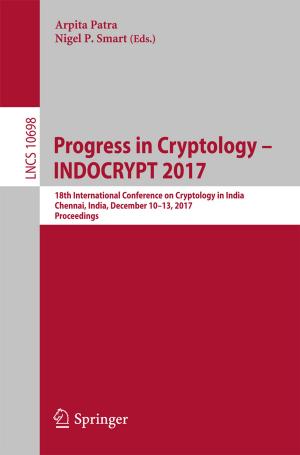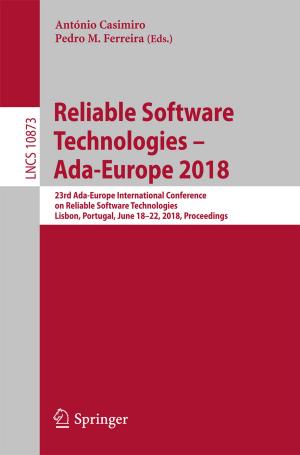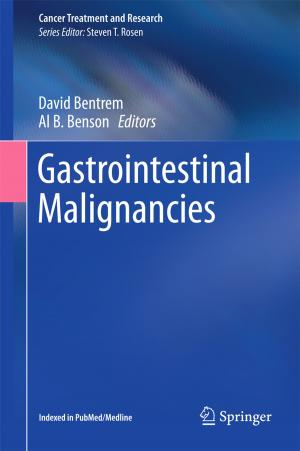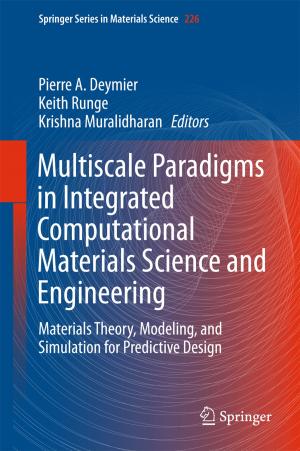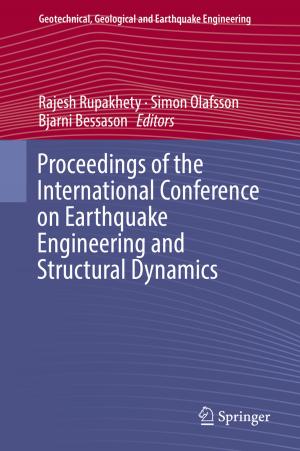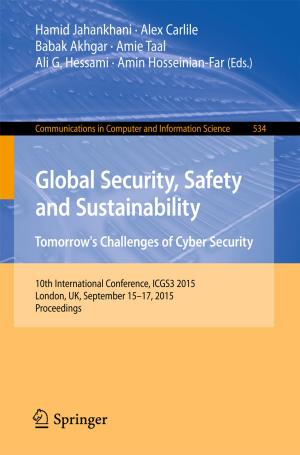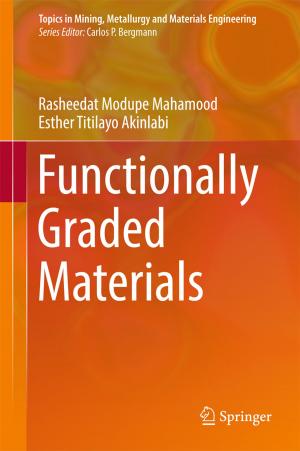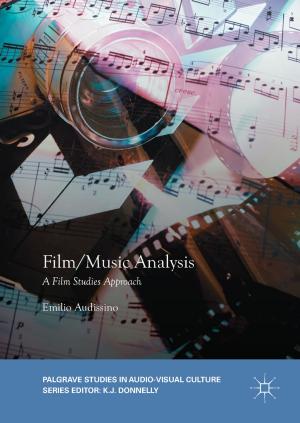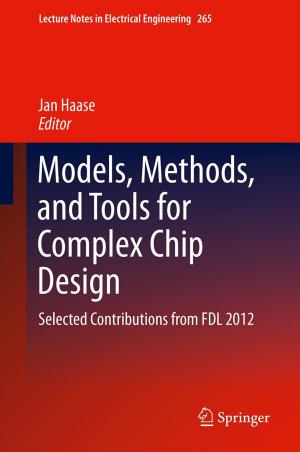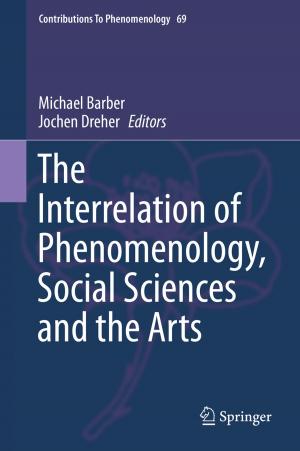Neutrino Astrophysics with the ANTARES Telescope
Nonfiction, Science & Nature, Science, Physics, Nuclear Physics, Astrophysics & Space Science| Author: | Vladimir Kulikovskiy | ISBN: | 9783319204123 |
| Publisher: | Springer International Publishing | Publication: | June 22, 2015 |
| Imprint: | Springer | Language: | English |
| Author: | Vladimir Kulikovskiy |
| ISBN: | 9783319204123 |
| Publisher: | Springer International Publishing |
| Publication: | June 22, 2015 |
| Imprint: | Springer |
| Language: | English |
This thesis is devoted to ANTARES, the first underwater neutrino telescope in the Mediterranean sea. As the main scientific analysis, a search for high-energy neutrino emission from the region of the Fermi bubbles has been performed using data from the ANTARES detector. A method for the background estimation using off-zones has been developed specially for this measurement. A new likelihood for the limits calculation which treats both observations in the on-zone and in the off-zone in the similar way and also includes different systematic uncertainties has been constructed. The analysis of 2008–2011 ANTARES data yielded a 1.2 σ excess of events in the Fermi bubble regions, compatible with the no-signal hypothesis. For the optimistic case of no energy cutoff in the flux, the upper limit is within a factor of three of the prediction of the purely hadronic model based on the measured gamma-ray flux. The sensitivity improves as more data are accumulated (more than 65% gain in the sensitivity is expected once 2012–2016 data are added to the analysis).
This thesis is devoted to ANTARES, the first underwater neutrino telescope in the Mediterranean sea. As the main scientific analysis, a search for high-energy neutrino emission from the region of the Fermi bubbles has been performed using data from the ANTARES detector. A method for the background estimation using off-zones has been developed specially for this measurement. A new likelihood for the limits calculation which treats both observations in the on-zone and in the off-zone in the similar way and also includes different systematic uncertainties has been constructed. The analysis of 2008–2011 ANTARES data yielded a 1.2 σ excess of events in the Fermi bubble regions, compatible with the no-signal hypothesis. For the optimistic case of no energy cutoff in the flux, the upper limit is within a factor of three of the prediction of the purely hadronic model based on the measured gamma-ray flux. The sensitivity improves as more data are accumulated (more than 65% gain in the sensitivity is expected once 2012–2016 data are added to the analysis).


